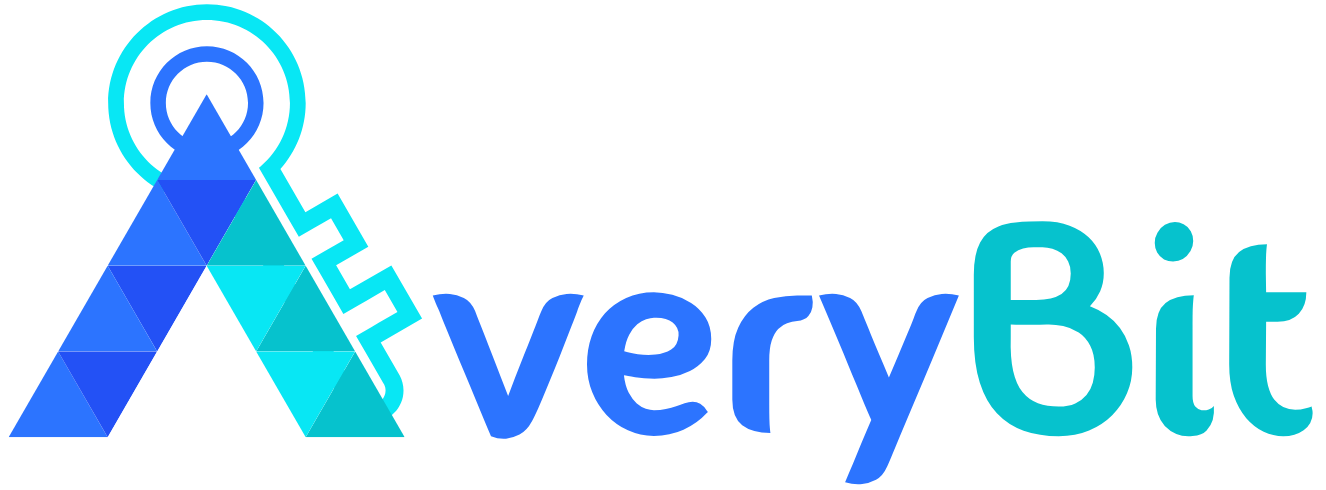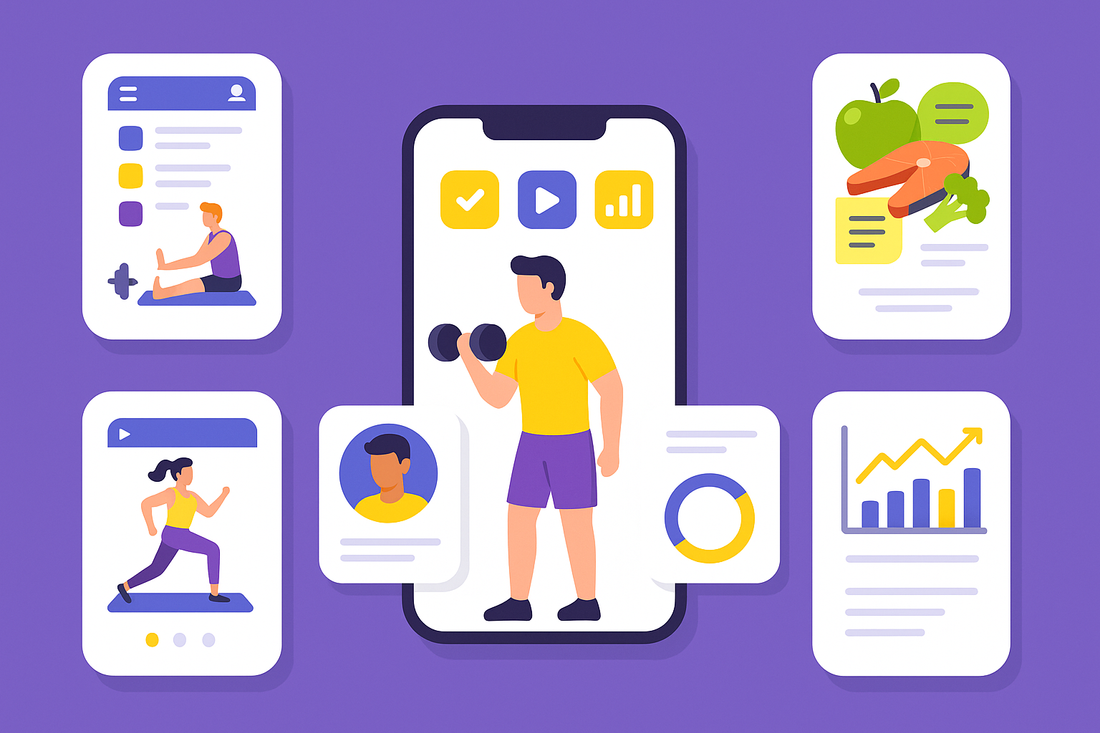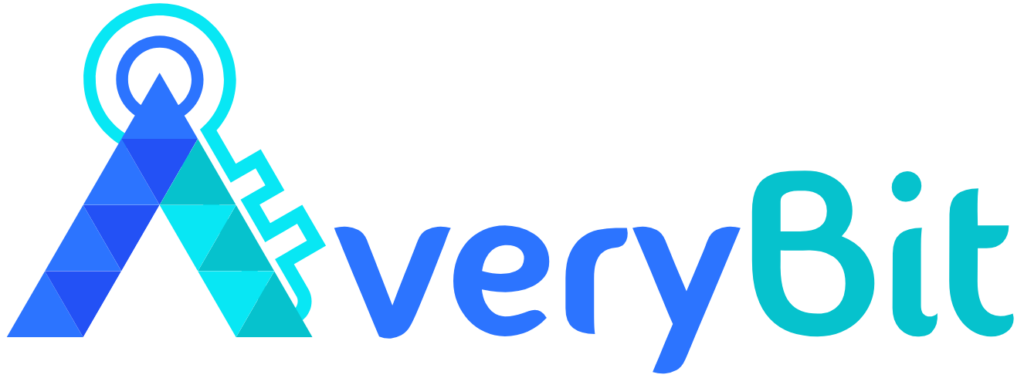In the current digital environment, optimizing online accessibility is not only required by legality but also a competitive advantage that can drive company growth. Making sure your website is accessible to all users, including those with disabilities, is essential as the internet becomes a more and more important part of our everyday lives. Website accessibility is creating and building websites that comply with the Web Content Accessibility Guidelines (WCAG). This makes your website easily readable, navigable, and accessible to people with a variety of disabilities. Go through this article in its entirety to discover more about it.
Good Read: Website Redesign Checklist: Transform Your Site with These Essential Steps
What is Web Accessibility?
Web accessibility ensures that users, including those with disabilities, can access and use websites and web applications. This entails creating content for websites that can be accessed and used with a range of assistive technology, including voice commands and screen readers. The intention is to eliminate obstacles that could limit the ability of people with physical, cognitive, auditory, or visual impairments to interact completely with online services and content. Providing text alternatives for images, making sure there is enough color contrast, and ensuring that keyboard-only navigation is possible are all important aspects of web accessibility.
By implementing web accessibility, you can increase the usability and reach of your website while simultaneously complying with regulatory requirements and rules, such as Web Content Accessibility Guidelines (WCAG). Businesses may improve the user experience, cultivate a positive brand image, and reach a larger audience by establishing an inclusive digital environment. People of all abilities may fully engage in the digital world thanks to accessible websites, which help create a more equal internet.
Why Web Accessibility Matters?
Web accessibility is essential because it guarantees that everyone can access and use digital content, regardless of ability or disability. A wider audience, including people with visual, aural, motor, and cognitive disabilities, can be reached by making your website accessible. When aspects like readable text, alternative language for photos, and easy navigation are included, not only does it aid people with disabilities but also the general user experience.
Prioritizing web accessibility also enables companies to stay out of trouble with the law and comply with regulations. Regulations requiring web accessibility are found in several nations, such as the Americans with Disabilities Act (ADA) in the United States and the Web Accessibility Directive in the European Union. Making accessibility a priority in your digital strategy is essential since non-compliance can result in legal issues and harm to the reputation of your brand.
Apart from the legal and ethical aspects, web accessibility improves the search engine optimization (SEO) of your website. Effective use of HTML elements and informative alt text are examples of accessible design techniques that complement SEO best practices and increase the visibility of your website in search engine results. Investing in web accessibility improves the functionality and reach of your website while also fostering a more inclusive online community.
Steps to Optimize Web Accessibility
Assessing the accessibility of your website should be your first step. To find accessibility problems, employ automated tools. To find more subtle issues, unite these with manual testing. Getting in touch with a website accessibility specialist will guarantee thorough coverage and offer insightful analysis.
Use best practices to address the concerns found during the audit. This entails making sure keyboard navigation functions flawlessly, providing accessible forms with error messages and labels that are clear, and adding descriptive alt text to images.
Take accessibility into account when creating designs. Make sure your website is responsive and functions well on a range of devices, use high-contrast color schemes for readability, and design a clear and easy-to-use navigation system.
To make sure your content is comprehensible to all readers, use headings that are clear and descriptive, include transcripts and captions for multimedia, and write in simple language.
Make sure your website is regularly accessible by testing it using both automatic and manual techniques. To get input and fix any usability flaws, include persons with disabilities in the testing process.
Teach the most effective practices and principles of web accessibility to your team. To make sure that developers, designers, and content creators comprehend and implement accessibility requirements in their work, provide them with training.
Making the web accessible is a continuous effort. Stay informed of any updates to accessibility standards and keep an eye out for any new accessibility problems with your website. Maintaining your website with regular upgrades and upkeep keeps it inclusive and compliant.
Final Words
Enhancing web accessibility is not just a legal obligation but also a calculated decision that will increase user experience and audience reach. Your website may be made inclusive and efficient by taking the necessary actions, which include conducting comprehensive audits, putting best practices into practice, designing for accessibility, creating inclusive content, and regularly monitoring and maintaining accessibility.
Collaborating with an industry leader such as AveryBit can help you achieve even greater success. AveryBit can assist you in navigating the challenges of web accessibility with their knowledge of the topic and dedication to developing inclusive digital experiences. This will ensure that your website not only satisfies legal requirements but also increases user engagement and pleasure. Make the investment in web accessibility with AveryBit right now to create an online presence that effectively welcomes and assists all people.














